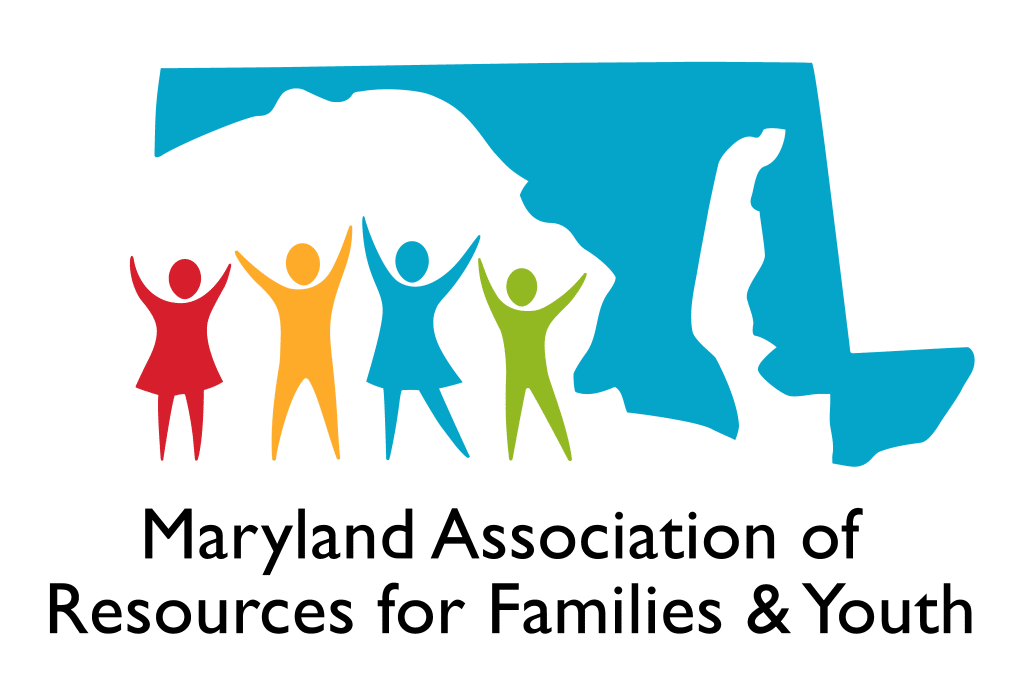 Nonprofits should represent the interests of the people they serve through public education and public policy advocacy, as well as by encouraging board members, staff, volunteers, and stakeholders to participate in the public affairs of the community. When appropriate to advance the organization’s mission, nonprofits should engage in promoting public participation in community affairs and elections. As such, they should communicate in an effective manner to educate, inform, and engage the public. Information about the organization’s mission, program activities, finances, board members, and staff should be easily accessible, accurate, and timely.
Nonprofits should represent the interests of the people they serve through public education and public policy advocacy, as well as by encouraging board members, staff, volunteers, and stakeholders to participate in the public affairs of the community. When appropriate to advance the organization’s mission, nonprofits should engage in promoting public participation in community affairs and elections. As such, they should communicate in an effective manner to educate, inform, and engage the public. Information about the organization’s mission, program activities, finances, board members, and staff should be easily accessible, accurate, and timely.
An organization should include its organizational purpose and highlight the organization’s programs over the past year in the annual report. Why are annual reports necessary? Nonprofits depend on public trust to survive and thrive. Public trust can be achieved by greater transparency in the operations of a nonprofit organization. One way a nonprofit can accomplish transparency is through the publication of an annual report.
An annual report is a valuable tool for communication with past, current and future donors to your organization. It can also help the public assess the performance of an organization. An annual report gives you a chance to put your organization’s best foot forward, while creating a historical record of activities and accomplishments.
Annual reports should be designed and formatted to grab the readers’ attention and keep them interested. Many people who read annual reports just flip through them and gather impressions quickly. If possible, use graphics and/or photographs to help carry your organization’s message.
Many nonprofits have moved to including the information typically included in an annual report at the organization’s website. The information should be easily accessible and easy to find on the website.
An nonprofit’s annual report should consist of:
- Mission Statement: An organization’s mission is its statement of purpose. The mission statement summarizes what an organizations does and what it aspires to be.
- Program Activities: An annual report provides the opportunity for an organization to describe the past year’s programmatic efforts and achievements. This section should be clear as to what the organization has accomplished. Program successes and highlights, new and on-going programs, and grants or awards received should be included in this section.
- Financial Statement: Financial information is crucial to any annual report. The financial data included in an annual report usually consists of a statement of financial position or balance sheet of assets and liabilities and an income and expense breakdown for the fiscal year the annual report covers. Some organizations include their entire audited financial statement, but this is not required. Yearly financial data may include a summary of an organization’s total revenue, gains, and other support, and total expenses from the past fiscal year. Financial data in an annual report should also include a summary statement of financial position. Financial reports may also outline the amounts and percentages of the organization’s total revenue (grants and charitable contributions, member services, investment income, special events, and/or other sources that apply to that organization). Many organizations present financial data in charts or graphs so they are more easily understood. It is very important to make a connection between mission/program activities and expenses, as reported in the financial data. Some organizations use similar headings for the program activities and breakdown of the financial data.
- Names of Board Members and Management Staff: Names of an organization’s board members and management staff should be included in the annual report to publicly identify who is responsible for the organizational programs and activities, and who can be contacted regarding inquires.
In compiling an annual report, some organizations go further to include such optional information as:
- A personal letter from the organization’s leaders
- Recognition of donors
- A discussion of the organization’s vision and future plans
It is important to remember that when discussing the future, the difference between current activity and future plans/intentions must be clear. The annual report must accurately represent the activities of the period covered by the report.
Keep in mind that an annual report does not need to be long or printed on flashy paper. Annual reports take many forms (online, pdfs, or print) and the content you provide is what’s most important. Be creative!
For access to our public documents and other resources, join Maryland Nonprofits today!
From the Standards for Excellence®: An Ethics and Accountability Code for the Nonprofit Sector. The Standards for Excellence code, developed by the Standards for Excellence Institute, includes specific benchmarks and measures that provide a structured approach to building capacity, accountability, and sustainability in your nonprofit organization. The code identifies 6 major areas of nonprofit governance and management: Mission, Strategy, and Evaluation; Leadership: Board, Staff, and Volunteers; Legal Compliance and Ethics; Finance and Operations; Resource Development and Fundraising; and Public Awareness, Engagement and Advocacy.
The Standards for Excellence® Institute, a program of Maryland Nonprofits, provides the best possible resources to nonprofits nationwide, helping build their capacity to effectively and efficiently meet the needs of their communities. Members of Maryland Nonprofits gain access to an online community with an expansive library of resources and customizable templates. Membership with Maryland Nonprofits is designed to help you raise more money, develop your board, build relationships, learn, save on the things you need to run your organization, and amplify your voice in Annapolis. Join today.




